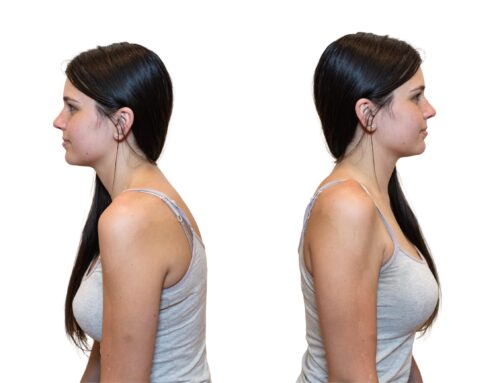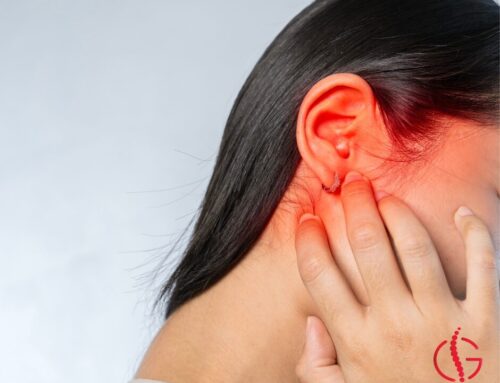Sit-Ups and Lower Back Pain: The Controversy Surrounding Lumbar Flexion
The sit-up’s fall from grace
The Atlantic has decreed that The sit-up Is Over. Writers and experts have steadily pushed the sit-up toward becoming the next ‘new smoking.’
The U.S Department of Defense removed the sit-up from the PRT protocols. I’m sure many people have found that sit-up somehow hurt their back and have joined the chorus of condemnation of the sit-up.
Defending lumbar flexion
But not so fast. As a back mechanic I have found lumbar flexion movements to be indispensable in the management of low back pain presentations. And ours is a management protocol that doesn’t simply get people out of pain, it keeps them out of pain. Please understand what is really being said: the sit-up movement is technically a movement that we call lumbopelvic flexion. Interestingly, the discussion among the clinicians who have decided to cancel the sit-up almost completely ignores the pelvic dynamic of lumbopelvic flexion but even to the untrained person. I’m sure many people have found that sit-ups somehow hurt their back, especially when dealing with low back pain and exercise, but it should seem peculiar that we are ostracizing an entire fundamental range of motion of the human body when we are decreeing that lumbar flexion damages the spine and should be avoided.
The stakes of flawed reasoning
This is not simply an academic consideration. We are making sweeping changes to the management of lower back care based on flawed reasoning. Lower back pain is one of the greatest cost and productivity burdens on society worldwide. This will likely lead to increased morbidity across the population. Clarification is necessary.
The origins of the anti-sit-up movement
A confluence of circumstances brought us here. There have always been opinions that describe the sit up as a compromised movement in terms of lower back health. The flexion aversion/anti-sit-up movement seems to have begun in earnest when researchers tested a dead pig spine. No, I’m not making this up. The researcher took the dead pig spine, performed an MRI on the dead pig spine, repeatedly flexed the dead pig spine and then did another MRI, which revealed disc damage in the spine. First off, it was a pig. Secondly, it was dead. It doesn’t seem like this should have gained much traction but there are other factors conspired to bring us to where we are today.
The bias of evidence-based medicine
Healthcare today binds itself deeply to the model of evidence-based medicine. Payers demand it, and getting paid significantly influences healthcare, to put it mildly.
It turns out that evidence-based medicine has considerable bias towards testing. Tests are reproducible evidence. If it shows up on a test it becomes reproducible evidence. The healthcare community at large was entirely ready to embrace a lower back pain care model that emphasized findings on imaging. And discs show up very well on imaging.
Questioning the disc-centric model
The disc might not be the source of your low back pain. It turns out that this is by no means a closed discussion. It has been my experience over many years of providing care that the emphasis on the disc as the source of pain in spinal disorders has been disproportionately emphasized. The reality is that identifying the exact source of pain in a spinal disorder is elusive. The absence of any consensus on successful lower back pain management created a vacuum that left room for this pig spine story to gain traction.
Flexion-averse pain and Its complexities
It turns out there is a significant incidence of lower back pain that is flexion averse. Such pain is greatly aggravated by trying to sit up when lying supine on one’s back. In such a state the affected person must turn to the side in order to sit up. This is a pain profile that has components of mechanical disorder that, in my years of experience, includes muscular/tendonious pain, facet and the sacroiliac pain far more commonly than simply disc pain.
Beyond discs: other sources of pain
This brings us to other sources of pain. Probably the most common tissue source of spinal pain is muscular. This never happens on an island and there are almost always postural and articular elements to this picture. Further, pain of the facet joints and in the lower back, pain at the sacroiliacs is also quite common.
The limitations of standardized testing
Unfortunately, if you suffer from lower back pain, standardized testing methods cannot distinguish between pain at the facet joints and musculotendinous pain. Consequently, no practical test can confirm whether your pain stems from disorders in the muscles, tendons, facets, or sacroiliacs. In today’s healthcare system, disorders that tests fail to detect often go unrecognized and untreated.
An ongoing conversation
There is much more to say in this matter. If you have any questions please feel free to reach out. We’re proud to be of service here in the Grovetown/Augusta/CSRA community.
Mull, Amanda. “The Sit-Up Is Over.” The Atlantic, 28 May 2022. Pocket, https://getpocket.com/explore/item/the-sit-up-is-over?utm_source=firefox-newtab-en-us Accessed 21 Aug. 2025.
“US Army Phasing-Out Sit-Ups Due to Spine Injuries.” Bonati Spine Institute Blog, 5 Nov. 2021, https://www.bonati.com/blog/us-army-phasing-sit-ups-due-spine-injuries/ . Accessed 21 Aug. 2025.
Written by: Donaid Seals D.C
Dr. Seals is a practicing Doctor of Chiropractic with over 25 years of experience caring for people. His thinking is the product of his education, practice experience and many years in the natural foods and fitness industry. He has become living proof that old muscleheads don’t die-or fade away; sometimes they grow up to bring real-world expertise to the clinical picture. Traditional background information is available here.


